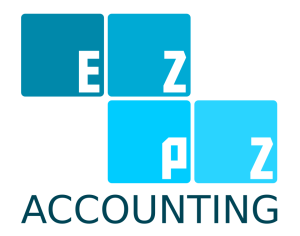What Are the Tax Benefits of a Partnership?

A partnership is one of the business structures that small businesses can use. They are the easiest to set up. However, they can be more complicated than other business structures. The biggest problem with a partnership is that it involves more than one person. So, they come with their own set of tax implications.
In this blog, we will look at these tax implications and also the benefits of having a partnership.
Understanding a partnership in business
Several businesses today are partnerships. This is because a partnership is the simplest business structure to form and does not require the same regulatory filing as a corporation. It does not have shareholders, and does not pay income taxes. Instead, the partnership files an information return and the partners report their share of the partnership’s income on their individual tax returns.
A partnership agreement is a contract between the partners that govern the partnership. The agreement should include the partners’ initial capital contributions, how profits and losses will be allocated, how the partnership will be managed, and how disputes will be resolved.
A partnership can be dissolved in several ways. The most common way is when one of the partners dies or retires. The partnership agreement should spell out what will happen when one of the partners leaves the business.
If you are thinking of starting a business with someone else, you should have a partnership agreement in place. This will help avoid any misunderstandings down the road.
Tax benefits of a partnership
When it comes to taxes, partnerships have a few key benefits that can help business owners save some money. Understanding these benefits can help business owners make the decision whether a partnership is the right structure for their business.
For one, partners can deduct losses from their individual taxes. This can be a significant benefit if the business is not doing well. Additionally, partners can choose to allocate income and expenses in a way that minimizes their overall tax liability.
Partnerships are pass-through entities. This means that the income and losses from the business are reported on the partners’ individual tax returns. This can be a big advantage because it avoids the double taxation that can occur with corporations.
Another benefit of partnerships is that they are not subject to the self-employment tax. This tax is 15.3% and applies to income from self-employment. Partners in a partnership are not considered self-employed, so they do not have to pay this tax.
They are eligible for special tax treatment on the sale of partnership interests. The gain or loss on the sale of a partnership interest is treated as a capital gain or loss. This is different from the sale of a business interest, which is treated as ordinary income or loss.
Overall, partnerships have a number of tax benefits that can help business owners save money. By understanding these benefits, business owners can make an informed decision about whether a partnership is the right structure for their business.
However, there are also some tax disadvantages to partnerships. One is that partners are personally liable for the debts of the partnership. This means that if the partnership defaults on a loan, the partners are responsible for paying it back.
Another disadvantage is that partners must pay self-employment taxes on their share of the partnership’s income. This includes both Social Security and Medicare taxes.
Conclusion
When it comes to choosing between operating as a sole proprietorship, a limited liability company, or a corporation, there are many factors that go into the decision. In addition to the different tax implications of each business structure, the partnership structure has its own, unique tax benefits. This blog is all about the tax benefits of a partnership.
